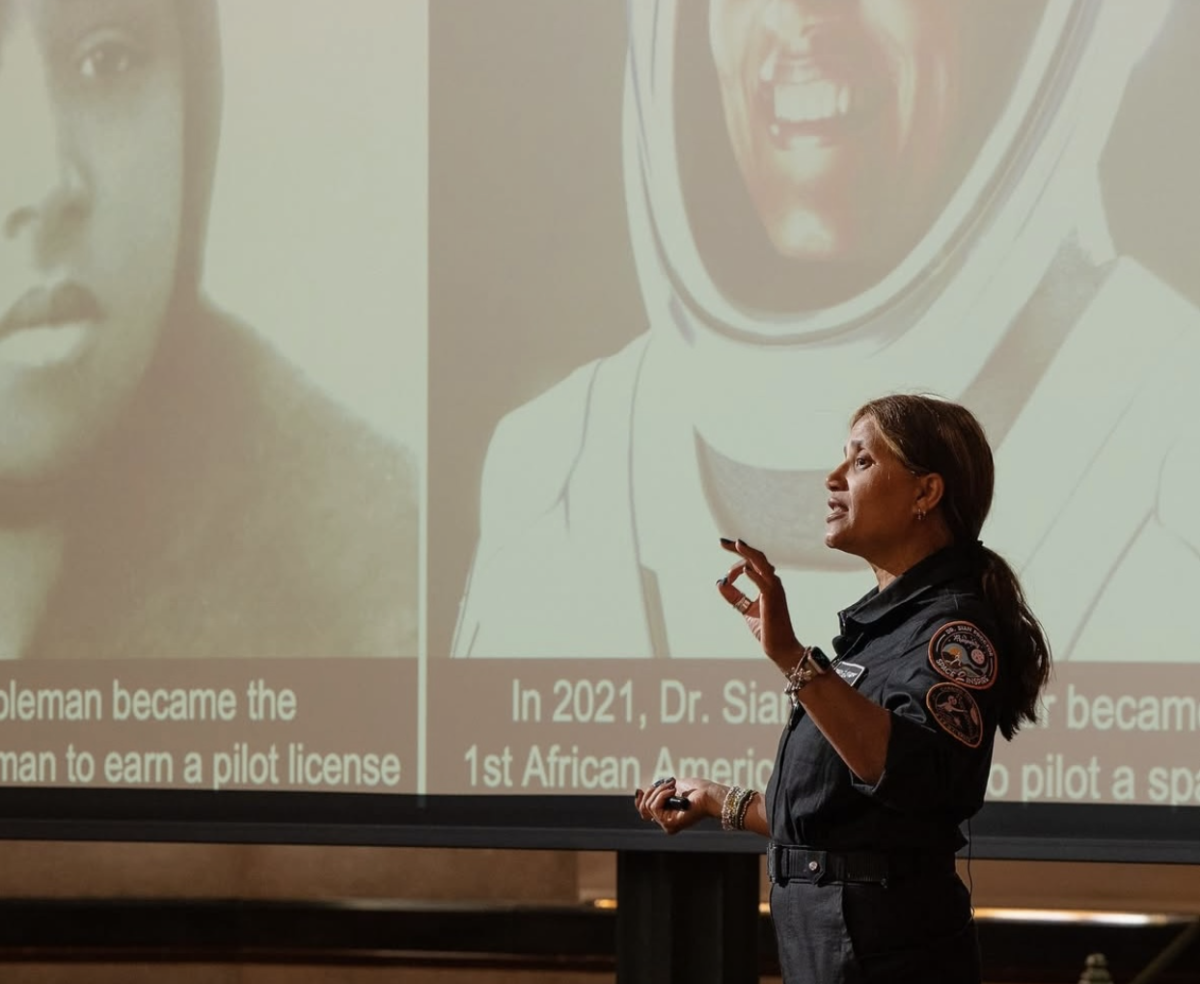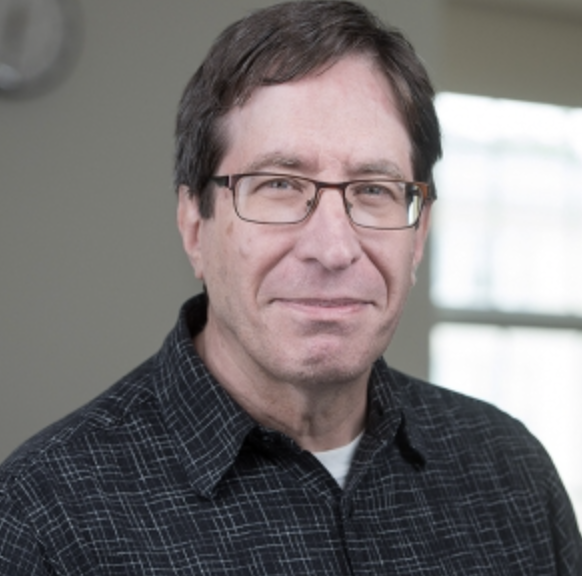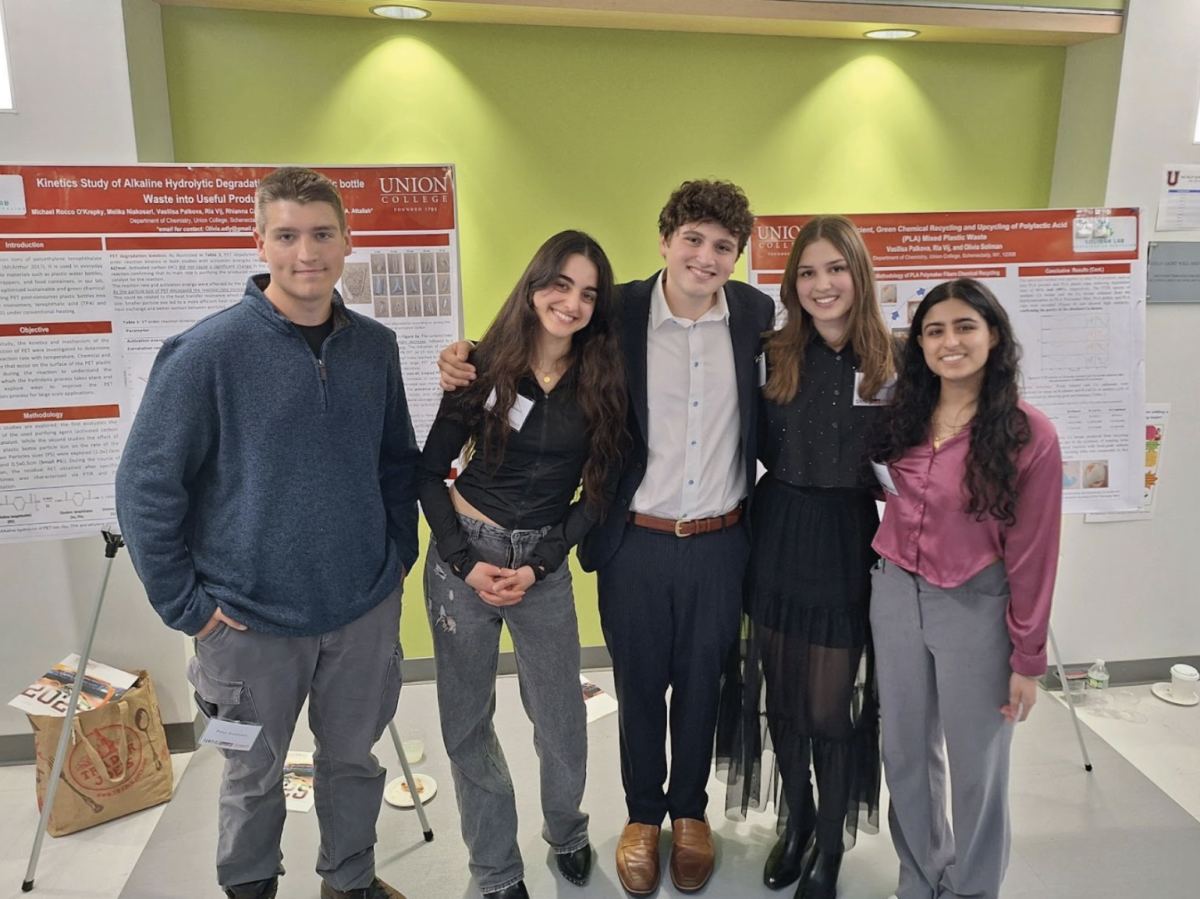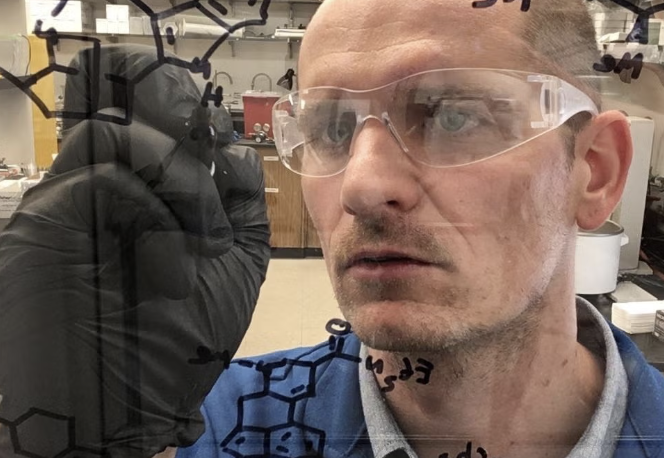Presenter: Joseph Cirksey’24, Electrical Engineering with Economics Minor
Topic: PV Module Forecasting Implementation
Description of the research project
Leveraging advanced Monte Carlo Simulations and various statistical distributions, I am working on creating robust models for forecasting the future power output of Photovoltaic Modules or solar panels. The process involves rigorous validation, and testing to ensure that the dataset accurately fits the chosen statistical distribution. Furthermore, I am incorporating geographic variation to study their impact on the generated models, which
would allow for a nuanced understanding of how solar energy output might differ across various climatic and geographic locations, thus providing a more complete picture that can be tailored to local conditions. Ultimately, I aim to facilitate the seamless integration of intermittent renewable energy sources into diverse power grids. By accurately predicting solar panel output and understanding geographic nuances, utility companies can more effectively manage grid resources, enabling a transition to more sustainable energy systems. This work has the potential to not only reduce costs but also significantly minimize carbon footprints, thereby contributing to long-term sustainability and resource conservation.
What led you to this area of research?
I was always interested in power systems in my junior year. I wanted to do something that would allow me to apply interdisciplinary skill sets that mesh with my interest in business and engineering. While also trying to do something that would solve a significant real-world problem.
What has been the most rewarding part of the research process?
The most rewarding part is seeing it come together bit by bit and how the project builds upon itself to achieve the desired outcome. Each stage of the research—from data collection and preliminary analysis to the fine-tuning of forecasting models—adds a new layer of complexity and understanding that is both exhilarating and enlightening. Knowing that this research could potentially revolutionize how we manage and distribute renewable energy, while additionally reducing carbon footprints and operational costs, is pretty fulfilling.
What has been the most challenging part of the research process?
Fitting the calculations of the power over a range of time accurately into the distribution.











